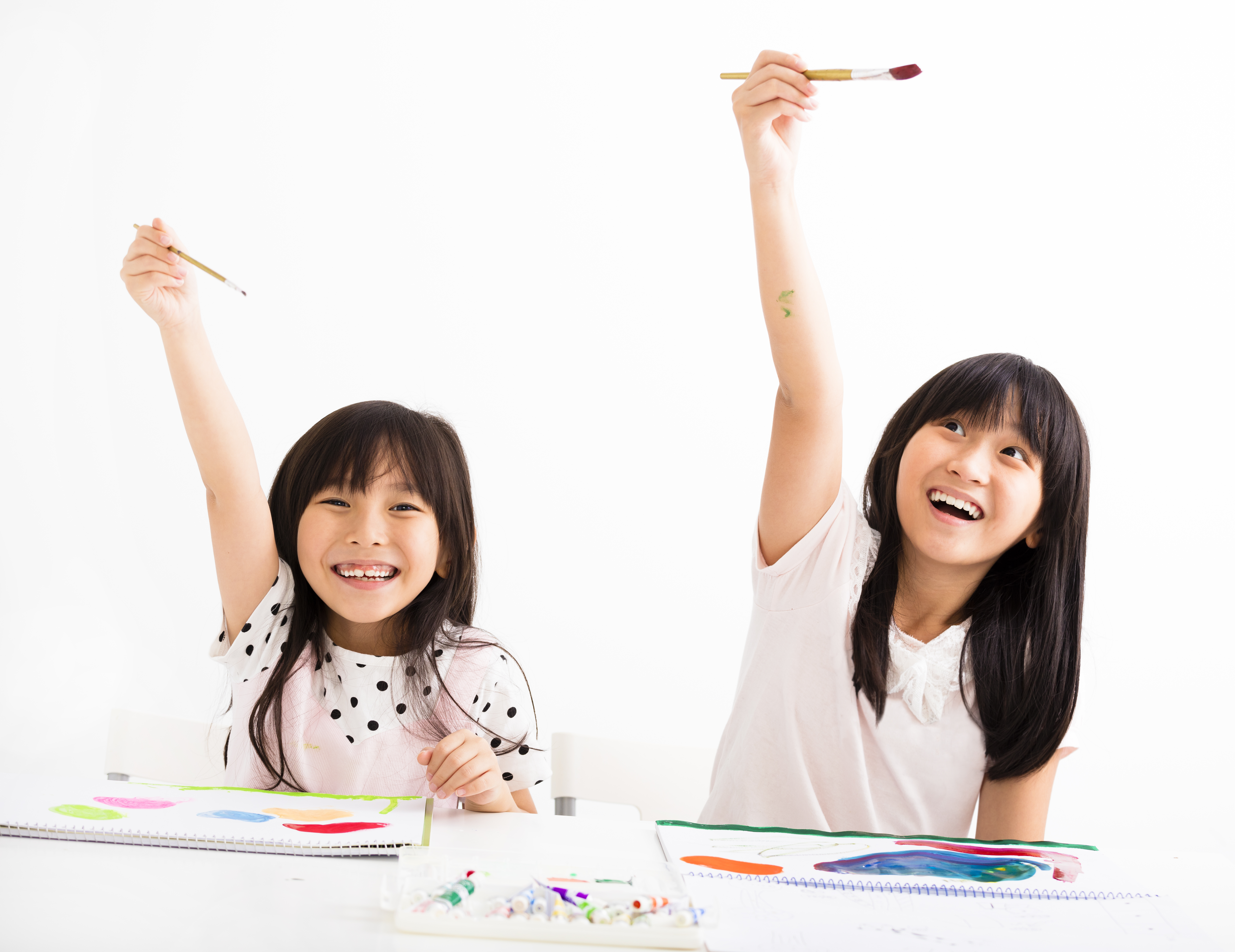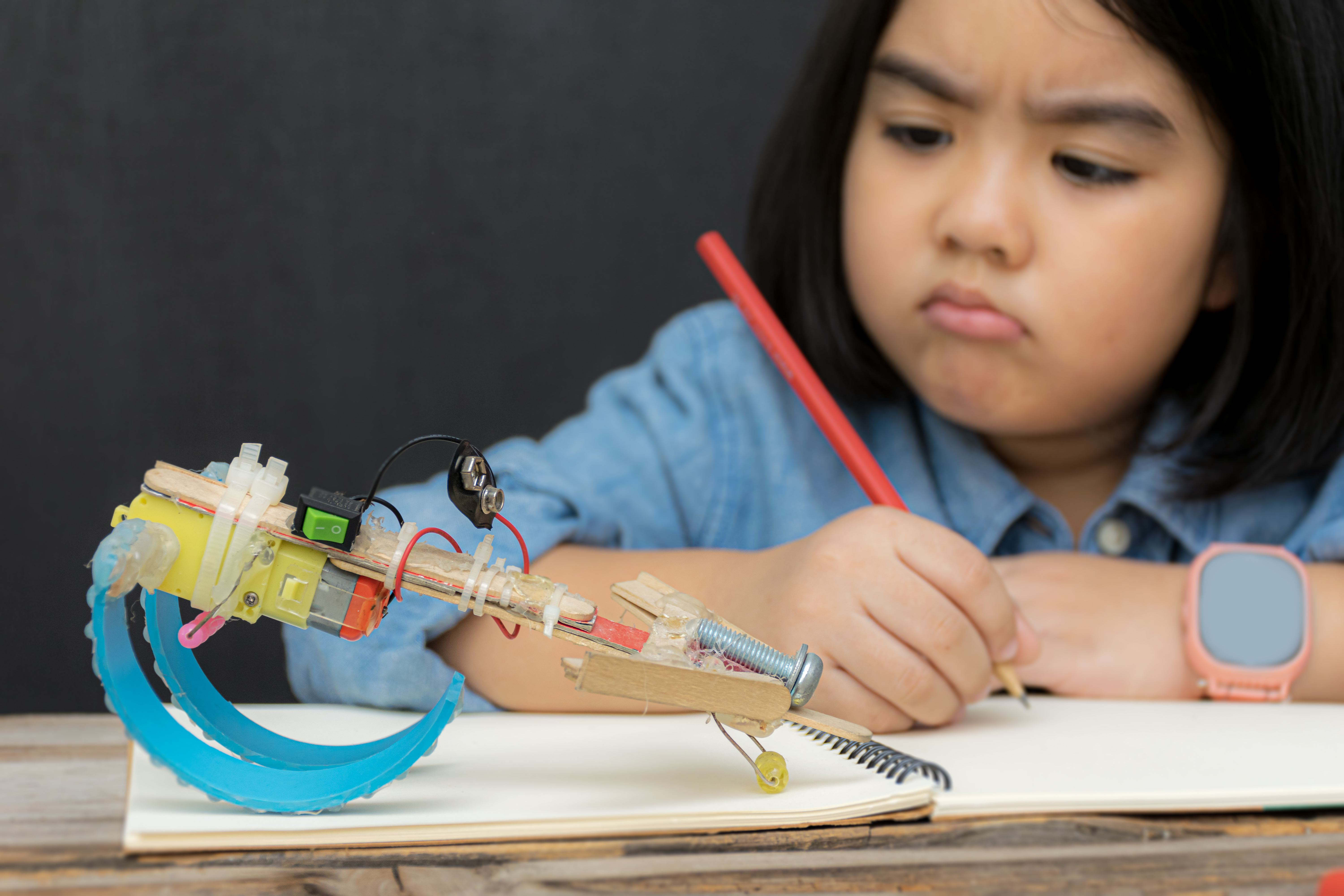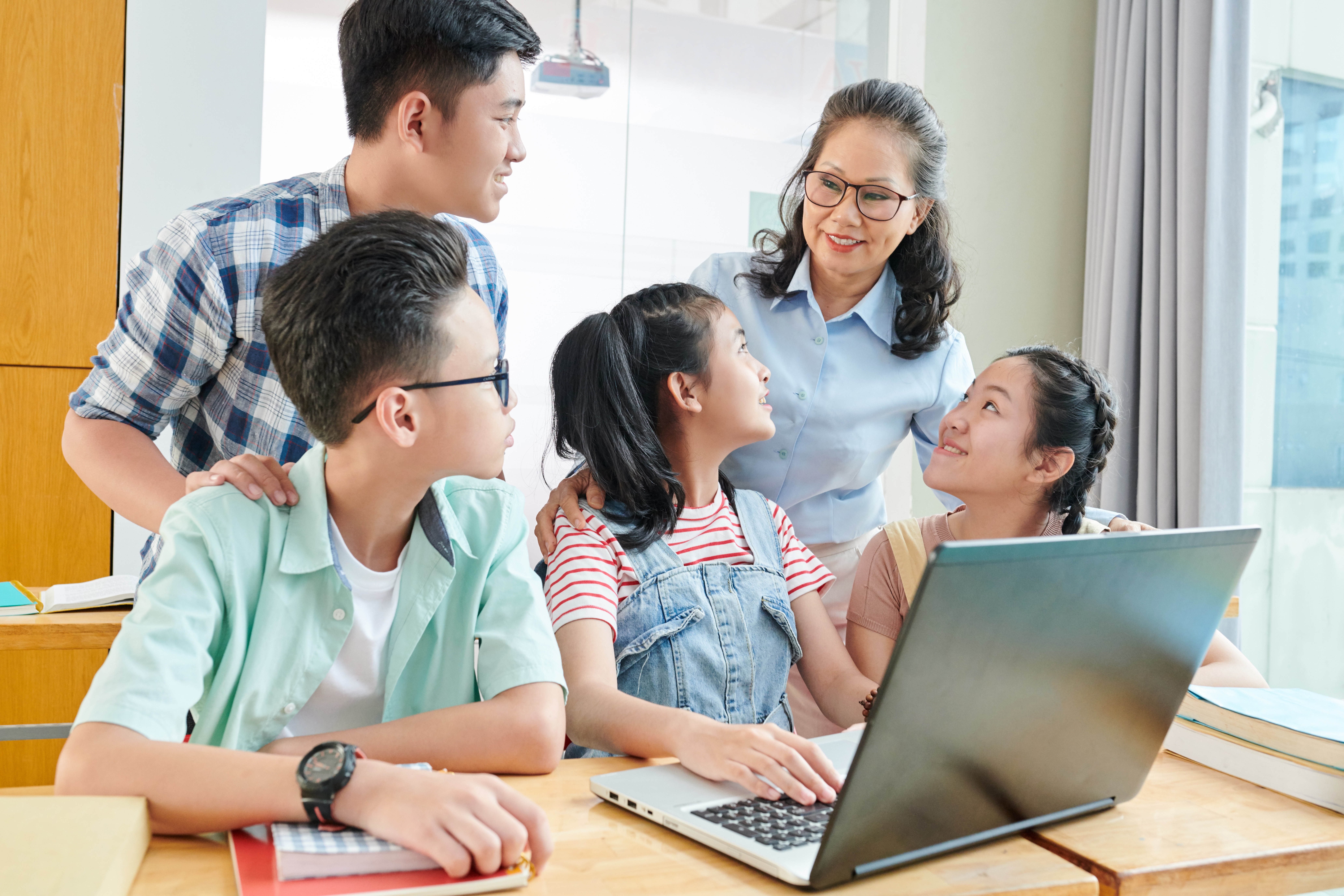Thinking - Pairing - What is Sharing?Think - Pair - Share (Think - Pair - Share) is a popular teaching strategy to encourage student participation in the lesson, especially effective with young and shy children. After independent thinking, the children will be paired with friends sitting next to each other to exchange ideas, then participate in class activities by raising their hands to speak. Many studies have shown that engaging in learning activities, such as asking contributing questions and developing topics being discussed in class, can support the entire learning process. thereby improving children's learning outcomes. However, children should be limited to a certain amount of time when asking for answers, extending a lesson, or simply deciding whether or not to raise their hand. For some shy children, a lack of personal and social skills can prevent them from actively engaging in learning with their classmates. This is mainly due to the fact that children have difficulty communicating with their classmates, no matter how many good ideas they have. I have witnessed this incident many times with my own eyes and always encourage teachers and preschool owners to be more proactive in randomly pairing different students each week. The reason is simple: children will always want to sit next to their close friends. On the surface, that seems reasonable and understandable. However, when you look deeper, you will see that the result is a class that is fractured and too sectarian. Although such a learning environment is unhealthy, I have seen many teachers (as well as principals and school owners) ignore such bad practices, often for their own peace of mind. Changing seats frequently allows new faces to share new thoughts and ideas, and gives shy children the opportunity to develop confidence through constant conversation and familiarization. friends in class. |
Benefits of Think - Pair - Share activityEncourage individual thinkingUse activity Think - Pair - Share giving children time to think, reflect and process information before being influenced by the answers of others. This process also teaches children how to explain their thoughts to a friend, which then extends to a wider audience (the whole class). Technology also encourages individual thinking, as well as collaboration and presentation in children. Students must first answer the question on their own, then gather in pairs or small groups to discuss, and finally share the results in front of the class. Discussing answers with classmates before presenting them to the whole class engages students actively in the lesson and helps them focus their attention on the topic at hand.Increase student engagementResearch has shown that the implementation works Think - Pair - Share in the classroom can help increase engagement among younger students. It was found that the frequency of raising hands to speak tended to increase after children were allowed to exchange ideas with classmates. This shows that when children have the opportunity to discuss with friends, they will feel more confident and willing to share their ideas with the whole class.Validate ideas and reduce anxietyAnother benefit of activity Think - Pair - Share is that it can help reduce anxiety in students. Confirming individual thoughts with classmates gives children a sense of reassurance and confidence in their ideas. This validation process can reduce anxiety levels, helping children to actively participate in classroom discussions. On the other hand, low-grade anxiety has been shown to mediate raising hands when children have not had a chance to confirm their ideas.
Supporting shy studentsSome students with shy personalities may find it particularly difficult to participate in class discussions due to fear of being judged by their peers and teachers. However, operation Think - Pair - Share can provide children with a safe learning environment where they can freely share their thoughts and opinions before presenting to a larger group. Although shy children may still participate in classroom discussions in a less frequent way than their peers, cooperation through TPS can help promote self-esteem and confidence. children's willingness to contribute. |
Implement the Think - Pair - Share activity in the ClassroomTo effectively integrate this activity into your classroom, consider these steps:
ConclusionActivities Think - Pair - Share is an effective teaching strategy that enhances students' active participation in classroom lectures, especially for shy children. By allowing children time to reflect, encouraging collaboration with peers, and providing a supportive environment in which children are comfortable sharing personal ideas, this technique can help children experience a more inclusive and engaging classroom. As educators, we have a responsibility to create a learning culture where students of all abilities feel heard and respected. Thanks to strategic combination Think - Pair - Share Through our teaching practices, we can better support children throughout their learning and personal development journey.
|


